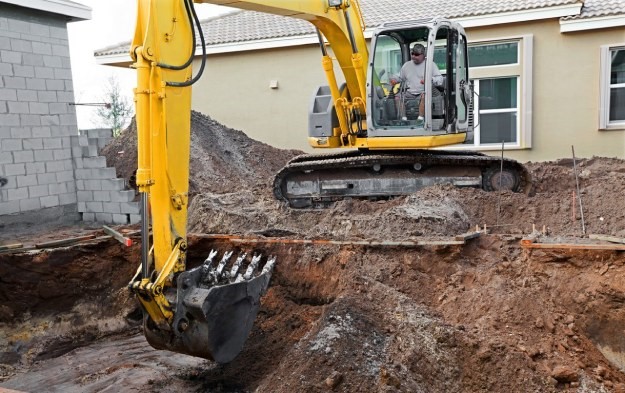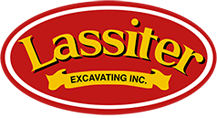Learn More About Trenching in Excavation

Trenching in Excavation
Trenching is simply creating a hole in the ground by removing dirt, organic material, and rock. Trenches are not very wide and can be any depth. Trenching is widely used in construction for installing underground pipes, sewer, and water lines, drain lines, sprinkler systems, gas systems, electrical or fiber conduit, creating drainage, and building retaining walls.
How Trenching is Done
An expert Bay Area trenching company will follow a thorough process to complete a project. First, they will plan an excavation route that meets the needs of the project, avoids all utility lines, and causes minimal damage to the area. Once the route is determined, they will call the utility location service to ensure the proper location of underground gas, electric, water, and communication lines before finalizing trenching plans. The depth of the dig will be determined, and the soil will be assessed to deal with any excavation needs including shoring up the sides, de-watering the trench, or benching the trench. The proper excavation equipment will be used to remove the topsoil, then following the dig line to commence the dig. The soil will be removed as far as possible from the excavation as the dig is accomplished to the right depth along the route designated. When the excavation is complete it will be checked. The trench will then be backfilled. If appropriate, topsoil will be replaced, and the area disturbed will get regraded and relandscaped.
Common Trenching and Excavation Hazards
These hazards can exist in any trenching and excavation work:
- Cave-ins
- Worker falls or falling loads
- Vehicular accidents
- Utility line damage
An experienced Bay Area trenching company will avoid these hazards. They will have well-developed safety training, safety practices, and will use appropriate safety systems in the excavation work. They will have competent personnel on-site to supervise the work and ensure that safety practices are followed. They will have proper entry and exit points in the trenching area.
The Use of Piers in Trenching
Piers or large cylindrical columns are used in excavation to support a superstructure and transfer the weight loads of a structure into the soil below. Piers can be masonry or concrete piers or drilled caissons. Piers and footings go together. A concrete footing is at the bottom of a building’s foundation. It is generally twice the width of a wall that it supports or the pier that rests on top of it. The footing prevents the pier or foundation from shifting or lifting out of the earth. The concrete column or pier is connected to the footing by steel rebar, essentially creating one-piece structural support. A qualified Bay Area footing piers company can do this work expertly.
Choose an Expert Bay Area Trenching and Excavation Company
Contact Lassiter Excavating, your Bay Area helical pier professionals. We are experts in retaining wall drilling, construction, pool removal, excavation, trenching, and pier drilling since 1989. We provide exceptional service for both residential and commercial customers.

